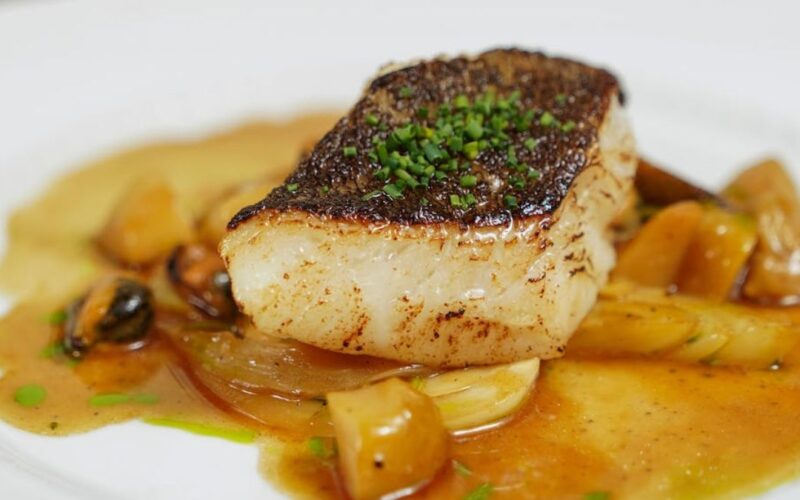France is a gastronomic paradise celebrated for its exquisite cuisine. However, amidst the culinary delights, there are certain dishes that might challenge the uninitiated palate or simply don’t live up to the renowned French culinary standards. Exploring French cuisine is a delightful adventure, but knowing what not to eat can save you from potential culinary mishaps.
Foie Gras
While a delicacy in France, foie gras is controversial due to the force-feeding of ducks or geese. Its rich, fatty texture might not appeal to everyone, and ethical concerns might dissuade some travelers from indulging in this dish.
Andouillette
A sausage made from tripe, particularly pork intestines, and seasoned with spices, andouillette has a distinct, acquired taste that might be overpowering for those not accustomed to its strong flavor and unique texture.
Escargots
Though a quintessential French dish, snails cooked with garlic butter might not suit everyone’s palate. The chewy texture and earthy flavor might be an acquired taste.
Boudin Noir
Also known as blood sausage, boudin noir is made with pig’s blood and can have a metallic taste. Its unique flavor profile might not resonate with every visitor’s preferences.
Tripes à la Mode de Caen
This dish consists of beef or veal tripe cooked in a hearty sauce. The chewy texture and distinct smell might not appeal to those unaccustomed to offal-based dishes.

Added Insights
- Adventurous Palate: While some dishes might not suit everyone’s taste, embracing a spirit of culinary adventure is key. Trying small portions or opting for more familiar options alongside local specialties can balance the experience.
- Cultural Sensitivities: Understanding the cultural significance of certain dishes is important. Respect local traditions while making informed choices about what to eat based on personal preferences.
- Regional Variations: France’s culinary landscape varies by region. What might not appeal in one area could be a beloved specialty elsewhere. Exploring local cuisines offers diverse experiences.
- Language Barrier: French menus might not always provide detailed descriptions, making it challenging to decipher certain dishes. Don’t hesitate to ask waitstaff for explanations or recommendations.
- Exploring Alternatives: France offers an abundance of culinary delights. If some dishes don’t pique your interest, there are numerous other options to explore, from delectable pastries to artisanal cheeses.
- Openness to Discover: While avoiding certain dishes is valid, staying open to trying new flavors and ingredients can lead to surprising discoveries and memorable dining experiences.
Navigating French cuisine involves a delicate balance of exploring traditional delicacies and respecting personal preferences. Embrace the culinary journey, savor the exquisite flavors that align with your taste, and revel in the diverse gastronomic tapestry that France has to offer.










